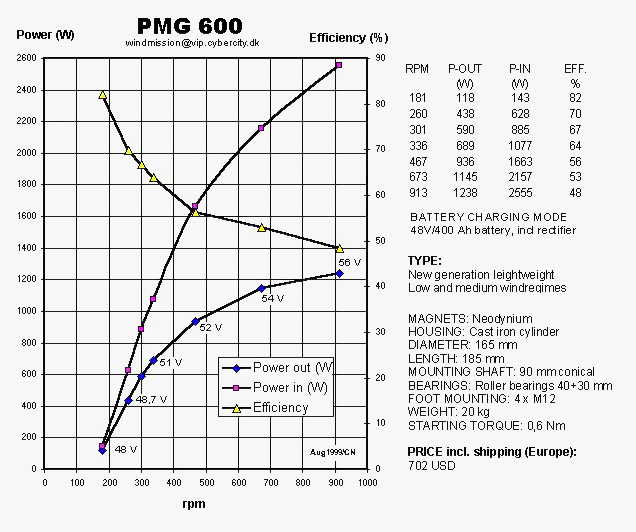One needs to be clear with the project and, as well, being able to do some calculations to define any change that one may do to a Wind Mill.
The diodes in a 3 phase generator accomplish several things,
One: to couple the phases to a common output point or lead,
Two: To peak the power output
Three:To level the output voltage with low fluctuations.
Four: to reduce the number of wires exiting the Wind Mill to the battery bank or load.
If the removal of the diodes increases the power output in a % that may be high, then there is an indication that the output power is extremely low.
The equivalent power gain is to about 2 volts times the output current, that in a regular systems may represent less than 1 or 2 % of the overall power (may less).
To Obtain greater power output from the same generator, ( from about 46 % at maximum peak power to about 80 to 85 % at the same power point) the loading of the generator needs to be done NOT with a battery clamp charging method but by allowing the generator to increase its RPM and to loading it with a variable power curve using a charge controller that looks and or behaves like a MX60 from Outback.
With this set up, let's say a 1000 watts wind mill instead of giving around 46 % efficiency at peak power, the wind mill may be giving 85 % efficiency or 850 watts out to the battery, instead of 460 watts, and the generator dissipating in its body about 540 watts -- lousy coupling I would say that UNHAPPILY most of the wind mills are set up at the present.
I am attaching a figure of a Chinese generator that is sold in Europe, that shows the % when used in a charging mode with a battery as a Clamp load that if not clamped can increase its output power to about 80 to 85 % -- the right way to load ANY GENERATOR.
Regards
Nando

